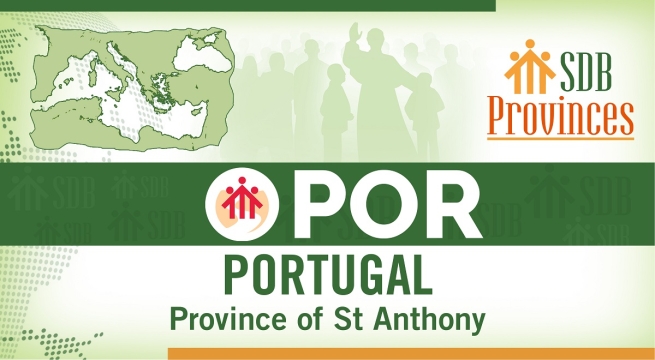Growth and Challenges in the Early 20th Century
The Salesian presence in Portugal was officially established as a Province in 1902. However, in 1910, a revolution overthrew the monarchy and ushered in a strongly anti-religious republican regime. As a result, all religious congregations were expelled, and their properties were confiscated by the state.
A decade later, in 1920, political conditions improved, and relations between the Church and the government became more favorable. This led to the restoration of Salesian works in Portugal. In 1923, the Salesians re-established their presence as a Vice-Province. In 1938, it was canonically recognized once again as a full Province. Over the following decades, the Province expanded significantly, first in Lisbon, then across the country and into overseas territories: Cape Verde, Mozambique, Goa (India), Macau, and East Timor.
This expansion continued until the late 1960s, reaching what was considered a "golden period." At its peak, the Portuguese Province had 348 Salesians, operating in 23 houses across seven geographically distant regions, some separated by thousands of kilometers.
Challenges in the 1970s and Restructuring
By the 1970s, societal changes in Europe led to a decline in religious engagement, negatively impacting both the Church and the Salesian Congregation. In Portugal, this was exacerbated by political and social upheavals, leading to a significant drop in vocations. In the 1980s, the Salesian houses in East Timor were reassigned to another eastern Province. In 2006, Salesian works in Mozambique became a Vice-Province. These adjustments shaped the Portuguese Province’s current structure, now focused primarily on Europe and Cape Verde.
The Salesian Presence in Portugal Today
Today, the Portuguese Province (POR) consists of 10 religious communities, with a total of 85 Salesians, including: 55 priests, 14 coadjutors, 2 permanent deacons, 14 clerics in formation.
The Province has also fostered reciprocal collaboration with Salesian communities in East Timor, Angola, Mozambique, and the Democratic Republic of the Congo, hosting young Salesians in formation while also benefiting from their pastoral and educational contributions.
The 10 Salesian houses are spread across Portugal from north to south, including the Madeira archipelago, as well as Cape Verde, on the island of São Vicente. The Provincial headquarters is located at the Don Bosco House in Lisbon.
Salesian Works and Educational Impact
The Salesian mission in Portugal and Cape Verde serves thousands of children, youth, and families through: 7 schools (5 on the Portuguese mainland, 1 on Madeira, 1 in Cape Verde, totaling around 10,000 students and extracurricular activities, engage approximately 9,000 children, youth, and adults), 6 Salesian Social Services centers (supporting hundreds of children, young people, and their families), 11 parishes, 8 oratories/youth centers providing pastoral and educational support and 6 social outreach centres.
The Salesian Family in Portugal
The Salesian presence in Portugal and Cape Verde extends beyond the Sons of Don Bosco, encompassing the wider Salesian Family, which includes: The Daughters of Mary Help of Christians (FMA), The Salesian Cooperators, The Association of Mary Help of Christians (ADMA), The Past Pupils of Don Bosco, The Don Bosco Volunteers (VDB), Members of Canção Nova, a Catholic movement inspired by Salesian spirituality
The Portuguese Province of St. Anthony (POR) continues its mission of education, evangelization, and social transformation, remaining faithful to the charism of Don Bosco while adapting to the needs of the 21st century.
-
 Title
Title
Title
Title
-
 Title
Title
Title
Title
-
 Title
Title
Title
Title
-
 Title
Title
Title
Title
-
 Title
Title
Title
Title
-
 Title
Title
Title
Title
-
 Title
Title
Title
Title
-
 Title
Title
Title
Title
-
 Title
Title
Title
Title
https://www.infoans.org/en/sections/news/item/23564-rmg-sdb-provinces-the-saint-anthony-province-of-portugal-por#sigProIdcf62be205e


